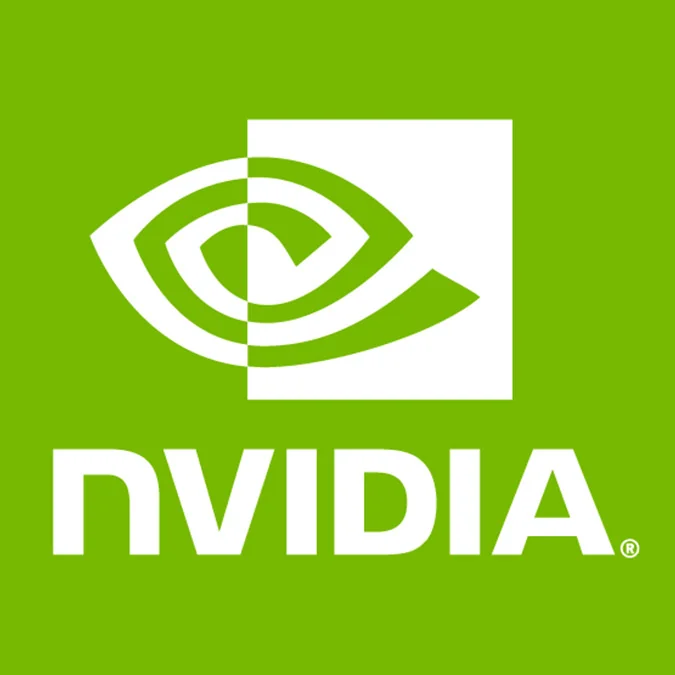NVIDIA GeForce RTX 30 Series Linux Driver/Support Expectations

For well over a decade now and in fact closer to two decades, NVIDIA generally provides launch day support in their official, proprietary Linux driver. I think there's just been a few times where there has been a few day delay. But thanks to their largely shared driver code-base between Windows and Linux (and BSD), it's generally right on time. Generally speaking the first-cut support is quite good if using this proprietary driver. The performance and features are generally close to on-par with the Windows driver albeit with exceptions from time to time. So as long as you aren't strictly abiding by free software principles and don't oppose to using the binary blob, all should be well for the RTX 3080 beginning to ship this week or in the days ahead.
If you though prefer the open-source graphics drivers, that's where NVIDIA remains in a much more difficult place for the time being. To this day the best open-source NVIDIA driver support remains with the GeForce GTX 600/700 "Kepler" graphics cards over no firmware restrictions and being able to re-clock the graphics cards to their factory rated frequencies. Albeit that re-clocking is still done manually but at least interested users can still hit their peak performance states and deliver closer to the proprietary driver performance. For the GeForce GTX 900 series and later, due to PMU firmware restrictions and the like at the moment, the Nouveau driver is stuck to running at the clock frequencies programmed at boot time that are generally severely limited (a few hundred Megahertz).
So with Maxwell and newer there is the re-clocking roadblock as the number one limitation to the open-source driver support and remains that way through Turing. NVIDIA is working to address the situation but so far no public solution. As for the RTX 30 series with Nouveau, it will likely be some months before there is any open-source support. Kernel mode-setting support may come sooner, but for enabling the engines on Ampere and seeing working accelerated support there is first the need for NVIDIA to release their signed firmware files as needed for hardware initialization. After that the Nouveau developers can move on to working on their open-source driver support until hitting the re-clocking issue and other existing roadblocks. It will likely be well into 2021 until there is Ampere / RTX 30 series open-source driver support.
Even if there wasn't the big re-clocking issue, to date there still isn't any Nouveau Vulkan driver and thus many modern Linux games aren't supported and for Steam Play titles with DXVK that means no support either and thus relying upon slower Direct3D to OpenGL translation.
But not all hope is lost on the open-source front. While the situation right now is practically unusable for Maxwell and newer on open-source, NVIDIA is pursuing some more open play albeit delayed from the GTC timetable. NVIDIA partner Red Hat also remains heavily investing in the Nouveau stack that doesn't make any sense unless there is something big in sight. For years now Red Hat engineers have been working on adding SPIR-V / OpenCL / NIR bits to Nouveau as part of a compute play. Those pieces have been coming together but still until the re-clocking situation is sorted out the performance is far from desirable. There is a lot of other work Red Hat is pursuing in the open-source graphics space as well but it would be hard to imagine them continuing to work actively on Nouveau with features like OpenCL/SPIR-V compute otherwise.
Once getting my hands on NVIDIA RTX 30 series hardware there will of course be the usual plethora of benchmarks not only focused on Linux gaming but OpenCL/CUDA compute and plenty of other metrics. So you're likely best waiting for those numbers to come if considering the NVIDIA RTX 30 series. But assuming you are fine with using NVIDIA's official proprietary driver, chances are around launch-day it should be a relatively smooth experience as we have come to enjoy out of their official drivers... At least based on my close monitoring over the past 16+ years from the Linux perspective. But if you prefer open-source drivers or neutral on the driver licensing matter than it's likely better waiting to see what comes out of Navi 2 next month and also providing more time to see if anything more comes on the open-source NVIDIA front.
48 Comments

